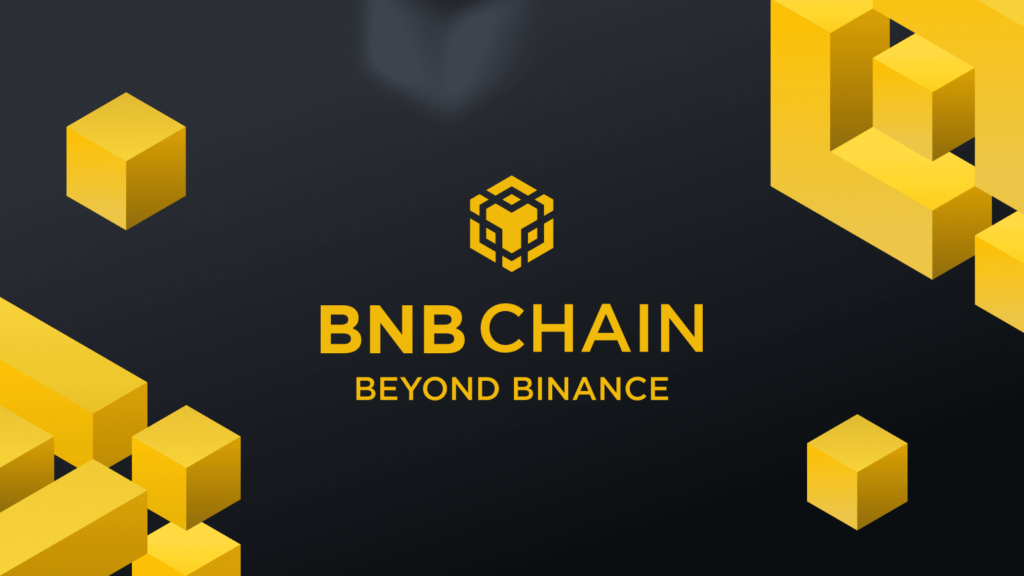
BNB Chain, a leading decentralized ecosystem for the creation of decentralized applications (dApps), has introduced the opBNB testnet.
The testnet is built on Optimism’s OP Stack, a layer-2 scaling solution for Ethereum, and is designed to address network congestion and high fees on BNB Chain.
The opBNB testnet is expected to achieve speeds of 4,000 transactions per second (tps) at a cost of 0.005 U.S. cents per transaction.
This is significantly faster and cheaper than BNB Chain’s mainnet, which currently averages around 1,500 tps and costs around $0.05 per transaction.
The opBNB testnet is a significant development for BNB Chain, as it addresses two of the biggest challenges facing the network.
Network congestion has led to high transaction fees, which has made it difficult for some users to participate in the ecosystem. The opBNB testnet is expected to reduce transaction fees and make BNB Chain more accessible to a wider range of users.
The opBNB testnet is also a significant development for the Ethereum ecosystem. Optimism is one of the most popular layer-2 scaling solutions for Ethereum, and the opBNB testnet is the first major implementation of Optimism on a non-Ethereum network.
The success of the opBNB testnet could lead to the adoption of Optimism by other blockchain networks, which would help to scale the Ethereum ecosystem and make it more accessible to a wider range of users.
The opBNB testnet is currently in public beta and is available to all users. To participate in the testnet, users can download the opBNB wallet and connect it to the testnet.
The opBNB testnet will run for several months, and BNB Chain will continue to monitor the performance of the testnet and make improvements as needed.



